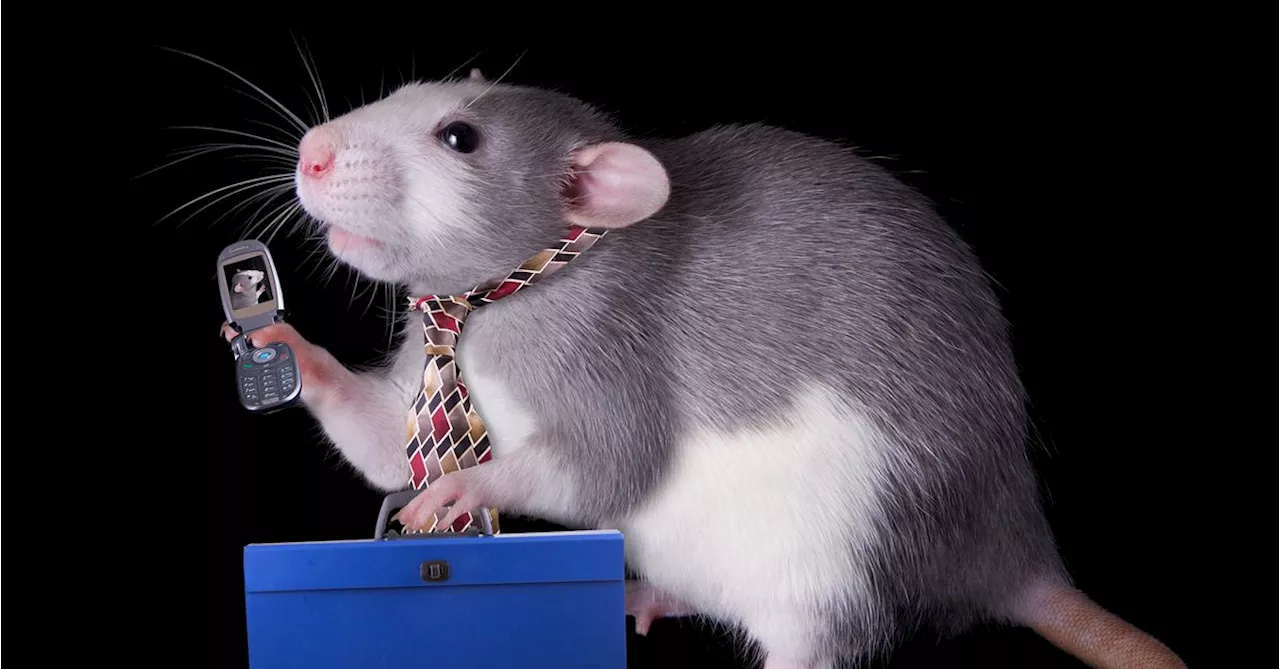Laura is a science news writer, covering a wide variety of subjects, but she is particularly fascinated by all things aquatic, paleontology, nanotechnology, and exploring how science influences daily life. Laura is a proud former resident of the New Jersey shore, a competitive swimmer, and a fierce defender of the Oxford comma.
ArticleBody:Thousands of years before a tiny pygmy hippopotamus from a zoo in Thailand named Moo Dang became an internet sensation, an extinct species of dwarf hippos roamed a lush Mediterranean island. These small hippos and dwarf elephants lived on Cyprus. That is, until paleolithic humans arrived and both species disappeared about 14,000 years ago.
Map created by CJA Bradshaw, Flinders University. In the new study, the team built mathematical models combining data from several scientific fields, including paleontology and archaeology. The predictions in the model matched with the timeline that megafauna like these elephants and hippos disappeared from the palaeontological record on the island.
CJA Bradshaw, Flinders University. Based on their reconstructions of human energy demand, diet composition, prey selection, and hunting efficiency, the models demonstrate that the roughly 3,000 to 7,000 hunter-gatherers on Cyprus were likely responsible for driving both the dwarf hippo and dwarf elephants into extinction.
United States Latest News, United States Headlines
Similar News:You can also read news stories similar to this one that we have collected from other news sources.
 Ice Age humans might not have hunted with throwing spears after all, new study claimsA new study claims that Ice Age humans might not have thrown spears to hunt mammoths and other animals after all.
Ice Age humans might not have hunted with throwing spears after all, new study claimsA new study claims that Ice Age humans might not have thrown spears to hunt mammoths and other animals after all.
Read more »
 Game-changing mini-muscle motors power new robotic forearm like humansResearchers created a robotic forearm mimicking human proportions, using two muscle motors to optimize space and heat dissipation.
Game-changing mini-muscle motors power new robotic forearm like humansResearchers created a robotic forearm mimicking human proportions, using two muscle motors to optimize space and heat dissipation.
Read more »
 Cellphone radiation poses no real harm to humans, new research saysMale rats showed a small increase in a type of heart tumor after exposure to massive amounts of cellphone radiation, a new government study reports. But don’t read too much into that, experts say — because those radiation exposures were much bigger than even the heaviest cellphone users would experience.
Cellphone radiation poses no real harm to humans, new research saysMale rats showed a small increase in a type of heart tumor after exposure to massive amounts of cellphone radiation, a new government study reports. But don’t read too much into that, experts say — because those radiation exposures were much bigger than even the heaviest cellphone users would experience.
Read more »
 Can humans grow new islands in the world’s lowest-lying country?The organizations are using submersible structures to harness the ocean’s natural forces to protect beaches - and maybe one day to grow islands
Can humans grow new islands in the world’s lowest-lying country?The organizations are using submersible structures to harness the ocean’s natural forces to protect beaches - and maybe one day to grow islands
Read more »
 New name, new school: Waynedale Local Schools begins a new eraPosition: Multimedia Journalist
New name, new school: Waynedale Local Schools begins a new eraPosition: Multimedia Journalist
Read more »
 In New Orleans, nonprofits see new money and new inclusive approach from the NBA FoundationThe National Basketball Association formalized its giving over the past four years through a new $300 million grantmaking arm.
In New Orleans, nonprofits see new money and new inclusive approach from the NBA FoundationThe National Basketball Association formalized its giving over the past four years through a new $300 million grantmaking arm.
Read more »
